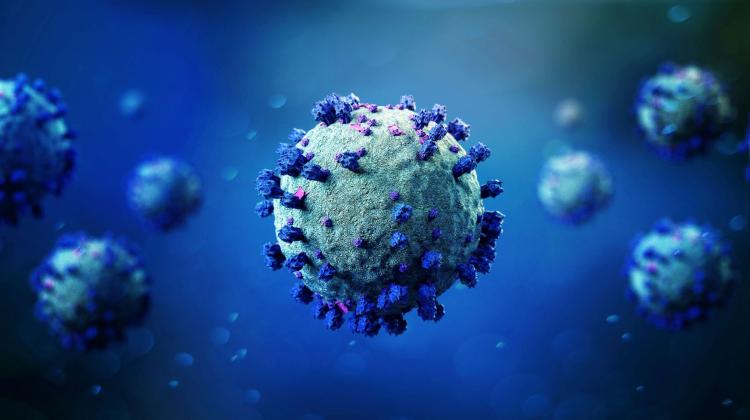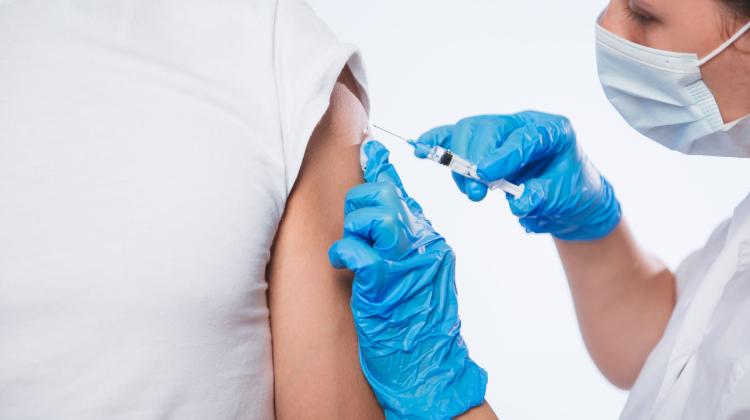New coronavirus wave could infect over 30,000, warns scientist
 Credit: Adobe Stock
Credit: Adobe Stock
The number of COVID-19 infections in Poland could reach over 30,000 by the end of November, scientists have warned.
By using a supercomputer to prepare a set of forecasts based on the structure and connections of 38 million households, the researchers from the Wrocław University of Science and Technology found that there was a very high probability that the number of infections would increase.
Professor Tyll Krüger said that according to their mathematical model MOCUS(MOdelling COronavirus Spread): “In mid-September, the daily number of infections will probably be 500-600. After that, the infection rate will rise very quickly.
“In October it may be more than 10,000, and at the end of November - more than 30,000. This will be the peak of the fourth wave.”
He added that although 48 percent of the population (approx. 18.3 million people) have already been vaccinated, and several dozen percent are convalescents, the Delta variant of the virus is about twice as contagious as the previous variants, and this essentially eliminates the decrease in infections due to acquired immunity.
In total, about 60 percent of the Polish population have acquired resistance to the coronavirus through either infection or vaccination. But not all vaccinated people and convalescents are fully protected against the coronavirus and although 'it is probably about 80 percent of them' He points a lot depends on among other things their health.
Krüger continued that that only 62 percent of people over 80 have been vaccinated.
He said: “It may be possible to vaccinate most of them, but their number has hardly increased in the last two months, and these people are most at risk of severe COVID-19 and death.
“We estimate that 200,000 people in this oldest group do nor have immunity against the coronavirus, and the mortality rate in this group is 10-15 percent.”
The horror predictions of the supercomputer forecasts do not, however, take into account restrictions that may be introduced, for example, the requirement to have a vaccination certificate when visiting a restaurant.
Krüger said: “Various types of restrictions can drastically reduce the level of infections.
“In the approaching coronavirus wave, all people who have not been infected with the coronavirus or vaccinated so far are likely to become infected. This is about 30-40 percent of the population.”
The epidemic models were also prepared by the Interdisciplinary Centre for Mathematical and Computational Modelling at the University of Warsaw, the Faculty of Mathematics, Informatics and Mechanics of the University of Warsaw, and the National Institute of Public Health – National Institute of Hygiene.
PAP - Science in Poland, Szymon Zdziebłowski
szz/ mhr/ kap/
tr. RL
Przed dodaniem komentarza prosimy o zapoznanie z Regulaminem forum serwisu Nauka w Polsce.


















